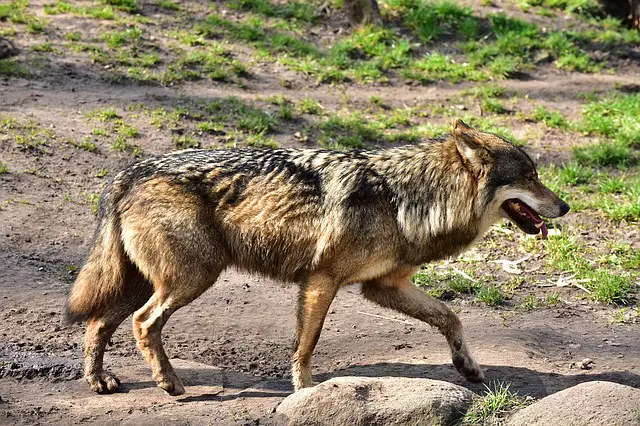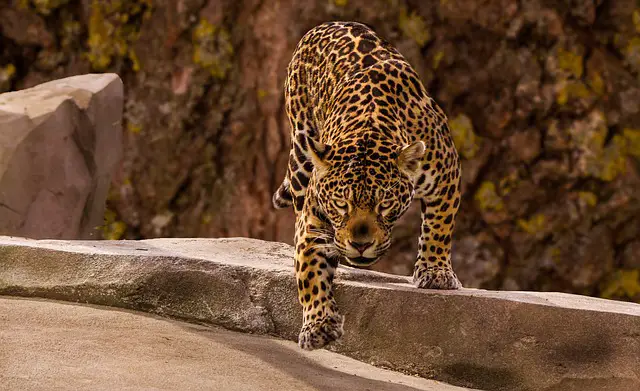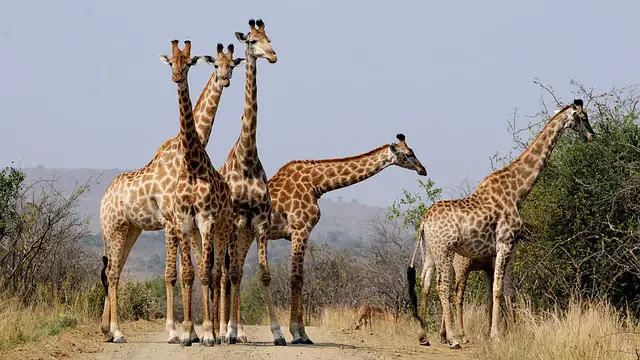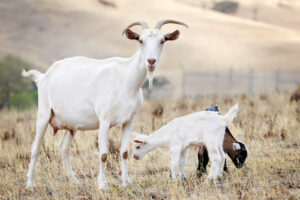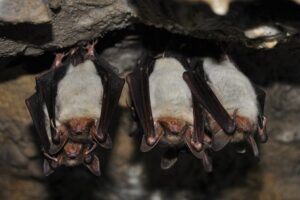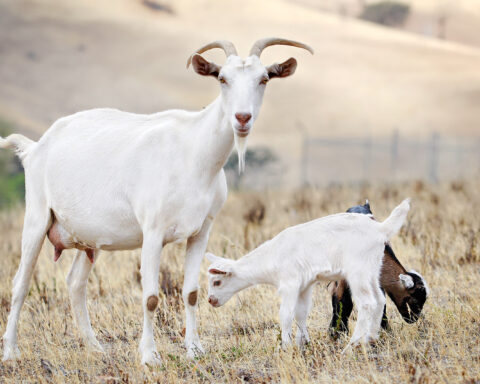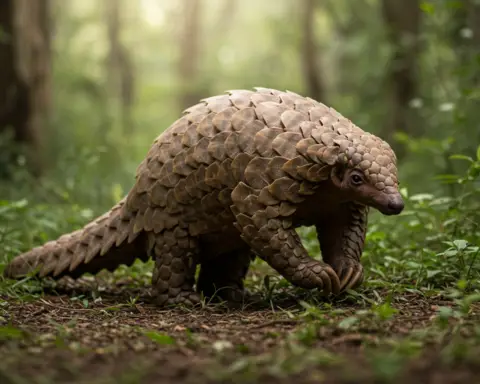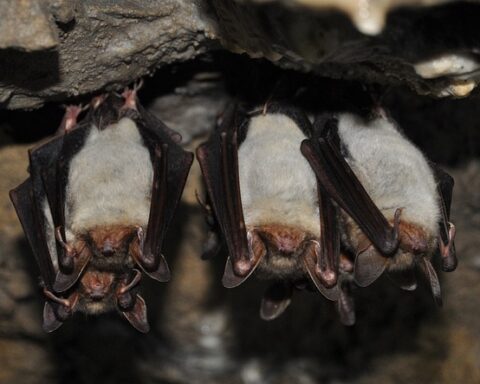Coyotes, which are stealthy creatures that can sneak around forests without being noticed by humans, are well-known facts. Coyotes are known to take slow, controlled steps and look around as they move. What if they’re in a hurry? What speed can they run? What speed must an animal run to escape a coyote who is following it? What speed can their momentum propel them in the air? What if Wile E. spots Road Runner? Is he able to catch him?
According to the Speed of Animals website coyotes can run up to 43 miles an hour (69 km per hour). In real life Wile E. should not have any problem catching Road Runner, whose top speed of only 20 miles an hour is. He is, however, a cartoon for our blue-eyed, beeping friend.
Who Wants To Race?
The speed of 43 miles an hour for whitetail deer that live in the forest with coyotes is much faster than the average deer, whose top speed is just 30 miles an hour. These predators are quick and can easily exhaust a deer hunting in packs. The situation is similar to that of the deer. Most forest animals and livestock are also in the same position. Very few animals that a coyote will encounter can match or exceed its speed.
In a head-to-head race, the grey fox, moose and jackrabbit could all easily outrun the coyote. Maybe they do. Perhaps this is the one magical activity that Disney didn’t mention to us kids.

Are you looking for a Sprint or a Marathon?
Although some animals can keep up with the coyote’s speed in sprints, very few animals can match his endurance. These animals can move fast and can move constantly. These canines are able to move alone or with their pack. They plan and make their next move constantly. According to the State University of New York’s College of Environmental Science and Forestry, a coyote can travel 3-10 miles (5-16 km) in one day. These critters are often on the move, whether it’s for hunting, breeding, den building, or simply sight-seeing. They are not a part of the homebody gene.
Running for your Life
Coyote puppies are more vulnerable to predators that their parents than their parents. Their chances of survival are better if they can get their tiny paws moving in safety’s direction as soon as possible. Although adult coyotes are trying to protect them, larger animals such as bears and cougars can take more than just one or two of these coyotes.
Coyotes living near people are more likely to cross roads as they age. If they can’t cross quickly enough, these crossings can often result in the death of coyotes.
Take care when you tread
Coyotes can run, walk, or trot, but they are also resourceful and use deer paths, logging roads, and hunting trails as their means of travel. These paths allow them to travel more quietly and have better visibility, which allows them to keep a low profile and monitor their surroundings. To further reduce noise, coyotes can even walk on their toes in order to avoid crushing leaves or twigs beneath foot.
Talk to the Tail
Coyotes often run quickly in open fields and clear cut areas when they are spotted. This is different from coyotes who run straight out like wolves or with their tails up. This position is convenient for hunting and aerodynamic. It keeps its prey safe by keeping its tail down and running into the pounce.
Coyote Speeds
Average speeds
As with humans, it’s not very accurate to give a number and then claim that number is the answer to how fast coyotes run.
First, it will depend on the animal’s age and health, as well the terrain. It may also depend on how far the coyote is running.
Consider how your running speed will change if you run 5-6 miles and not if you are only trying to get your puppy home.
You will slow down if you know you are going to be traveling a long distance. You know that it is impossible to run at full speed forever. The same goes for a coyote.
It’s helpful to have some guidelines about how fast coyotes can run in different situations. As examples, let’s take sprinting, moderate and long distances.
A coyote can sprint up to 45 miles an hour when it is running. This is dependent on the coyote and sprints such as these are usually only seen in “run for life” situations.
A coyote can travel moderate distances up to a few kilometers. Coyotes travel slightly slower to keep enough stamina for constant speed. They average about 20 miles per hour.
Coyotes run slower if they are running more than 2 to 3 miles. This distance runs at an average speed of 10 miles per hour.
Although ten miles per hour is faster than most humans can run for sustained distances, it is also slower than the coyote who sprints at 45 miles per hour.
Bruce C Thompson, Oregon State University’s department of fisheries, and wildlife, wrote all he needed in two simple pages.
It uses very little lingo or jargon, and does not use clever metaphors. The study refers to crippled coyotes as coyotes that have been left behind.
Thompson starts with some history. Just enough to learn that people in the past spent time thinking about how fast coyotes run. He refers to decades-old studies by scientists named Cottam and Sooter that “reported running speed of presumably uninjured Coyotes being chased down by cars”.
Advertisement
Thompson added something to the table: “On 21-22 and 23 October 1974 I measured the running speeds of three wild-trapped coyotes who had lost one foot from injury to a steel trap.”
Thompson did this by a simple trick. In a few words, he explains: “During the tests the coyotes were freed from their cages and allowed to run along perimeter fence. The coyotes ran three courses along the perimeter fence each day and were stopped by a stopwatch. I chased the coyotes on foot from a distance of 45 to 70 meters as they approached the course’s starting point.
Thompson also measured the running speed for a coyote with all its original equipment. The fastest run of the animal was just 32 miles an hour. The speed of one of the disabled animals was almost identical, even though it did not have a right foot. The speeds of the other three-footed coyotes were 22.5 and 25.4 mph, respectively.

